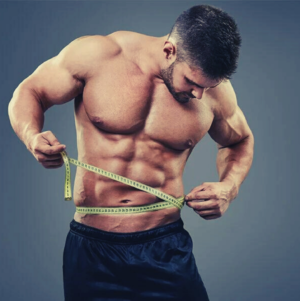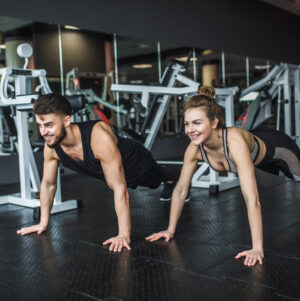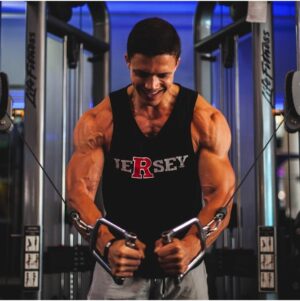As a fitness enthusiast, I am always on the lookout for effective exercises that target multiple muscle groups. One such exercise that never fails to impress me is the leg press. The leg press is a compound movement that primarily targets the lower body, making it an essential part of any leg day routine. In this article, I will delve into the various muscles worked during the leg press and shed light on the benefits of incorporating this exercise into your workout regimen.
Muscles targeted during the leg press.
The leg press is a versatile exercise that engages several major muscle groups in the lower body. By properly executing this movement, you can target your quadriceps, hamstrings, glutes, and calves. These muscles work together to generate the force required to push the weight away from your body during the leg press.
Primary muscles worked during the leg press.
The primary muscles worked during the leg press are the quadriceps, commonly referred to as the quads. This group of muscles is located at the front of your thigh and is responsible for extending the knee joint. When performing the leg press, the quads contract to push the weight away from your body, working in unison to generate the necessary force.
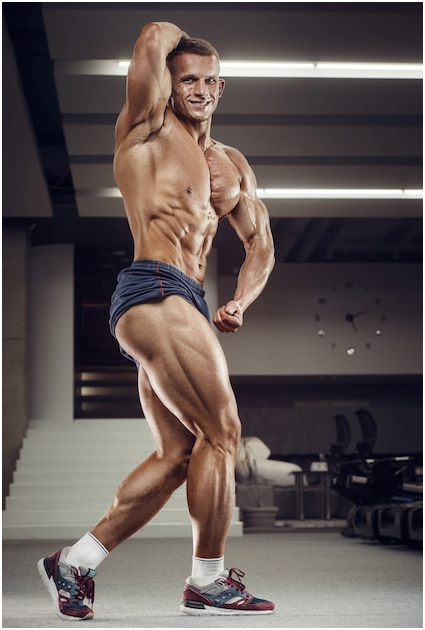
Secondary muscles engaged during the leg press.
While the quadriceps are the primary muscles targeted during the leg press, several secondary muscles also come into play. The hamstrings, located at the back of your thigh, act as synergists to assist the quads in extending the knee joint. Additionally, the glutes, located in your buttocks, play a significant role in stabilizing your hips during the exercise. Finally, the calves, located in the lower leg, contribute to the movement by providing stability and assisting in pushing the weight away from your body.
Benefits of including the leg press in your workout routine.
Incorporating the leg press into your workout routine offers a multitude of benefits. Firstly, this exercise allows you to target multiple muscle groups simultaneously, making it a time-efficient choice for your leg workouts. Additionally, the leg press is a compound movement that engages both the upper and lower leg muscles, promoting overall lower body strength and development.
Moreover, the leg press is a weight-bearing exercise, which helps to increase bone density and strengthen your joints. This can be particularly beneficial for individuals looking to enhance their overall athleticism or recover from an injury. Furthermore, the leg press is a safe alternative to other lower body exercises, such as squats, as it reduces stress on the lower back and provides additional support.
Proper form and technique for the leg press exercise.
To maximize the effectiveness of the leg press and minimize the risk of injury, it is crucial to maintain proper form and technique. Start by adjusting the seat and footplate to ensure a comfortable position. Place your feet shoulder-width apart on the footplate, ensuring your knees are aligned with your toes. Engage your core and maintain a neutral spine throughout the movement.
As you lower the weight, aim to achieve a 90-degree angle at the knees, keeping your heels firmly planted on the footplate. Pause momentarily at the bottom of the movement before pushing the weight back up, fully extending your knees without locking them. Remember to breathe throughout the exercise, exhaling as you push the weight away from your body and inhaling as you lower it.
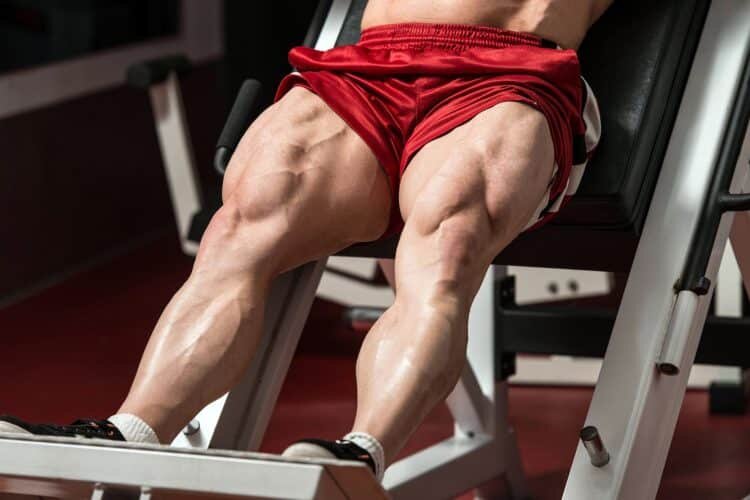
Comparing the leg press to other lower body exercises.
When it comes to lower body exercises, the leg press often sparks a comparison with other popular movements, such as squats and lunges. While all three exercises target similar muscle groups, they do so in different ways. The leg press is a closed-chain exercise, meaning your feet remain in contact with a fixed platform throughout the movement.
In contrast, squats and lunges are open-chain exercises, as your feet are free to move. The leg press offers a more controlled and stable environment, making it an excellent choice for beginners or those dealing with joint issues. However, squats and lunges engage more stabilizer muscles, promoting better balance and coordination.
Tips for maximizing your leg press workout.
To make the most of your leg press workout, consider implementing the following tips:
- Gradually increase the weight: As you become comfortable with the exercise, progressively add more weight to challenge your muscles and promote strength gains.
- Vary your foot placement: By adjusting the position of your feet on the footplate, you can target different areas of your lower body. Placing your feet higher on the plate emphasizes the glutes and hamstrings, while a lower foot placement focuses more on the quads.
- Control the tempo: Avoid using momentum or bouncing the weight. Instead, focus on slow and controlled movements, ensuring that your muscles are doing the work throughout the entire range of motion.
- Incorporate supersets: To add intensity to your leg press workout, consider supersetting it with other leg exercises, such as lunges or calf raises. This will keep your muscles engaged and promote overall lower body development.
Understanding the muscles worked during the leg extension exercise.
While we have extensively covered the muscles targeted during the leg press, it is essential to also discuss the leg extension exercise. The leg extension primarily targets the quadriceps, similar to the leg press. This isolation exercise involves extending the knees against resistance, emphasizing the front of the thighs.
By performing the leg extension, you can specifically isolate and strengthen the quads, which can be beneficial for individuals looking to improve their lower body aesthetics or enhance athletic performance. However, it is crucial to note that the leg extension places a significant amount of stress on the knee joint, and individuals with knee issues should approach this exercise with caution.
Conclusion: The importance of incorporating leg press and leg extension exercises in your leg day routine.
In conclusion, both the leg press and leg extension exercises play a vital role in developing strong and well-rounded lower body muscles. The leg press targets multiple muscle groups, primarily focusing on the quadriceps, hamstrings, glutes, and calves. On the other hand, the leg extension isolates the quadriceps to promote strength and definition.
By incorporating these exercises into your leg day routine, you can enhance lower body strength, improve muscular endurance, and promote overall lower body development. Remember to always prioritize proper form and technique to minimize the risk of injury. So, unleash the power of the leg press and leg extension, and take your leg workouts to new heights!
CTA: Are you ready to take your leg workouts to the next level? Incorporate the leg press and leg extension exercises into your routine and unlock the true potential of your lower body muscles. Remember to prioritize proper form and technique, and gradually increase the intensity to challenge your muscles. Unleash the power within you and witness the incredible gains in strength and muscle development. Let’s build strong and sculpted legs together!
